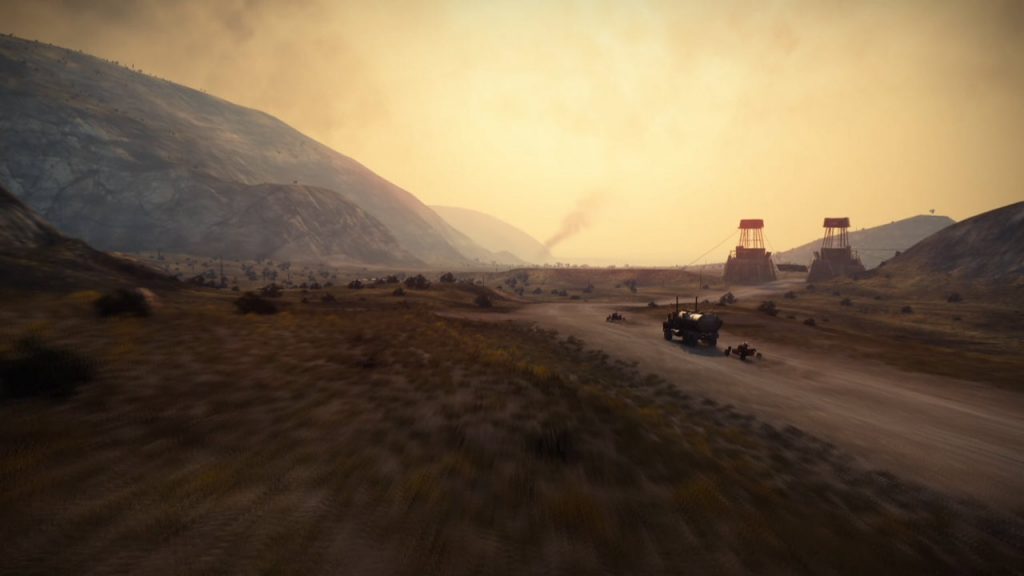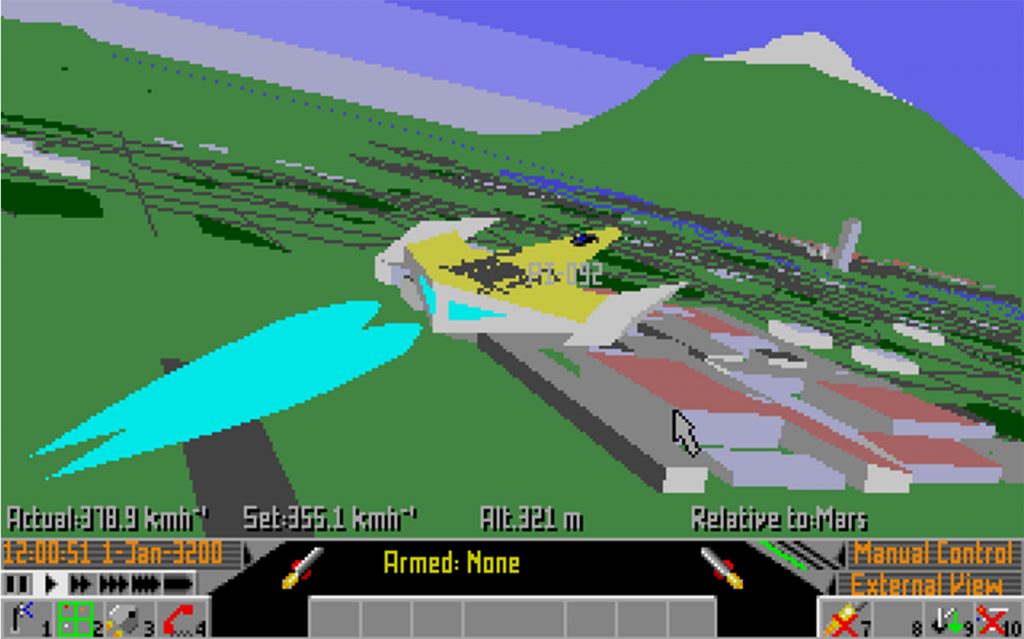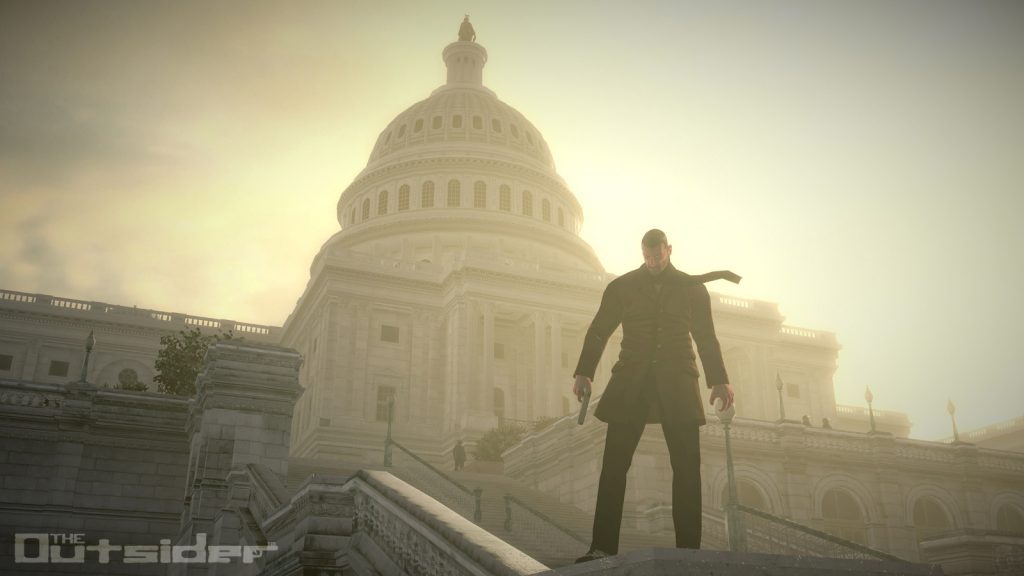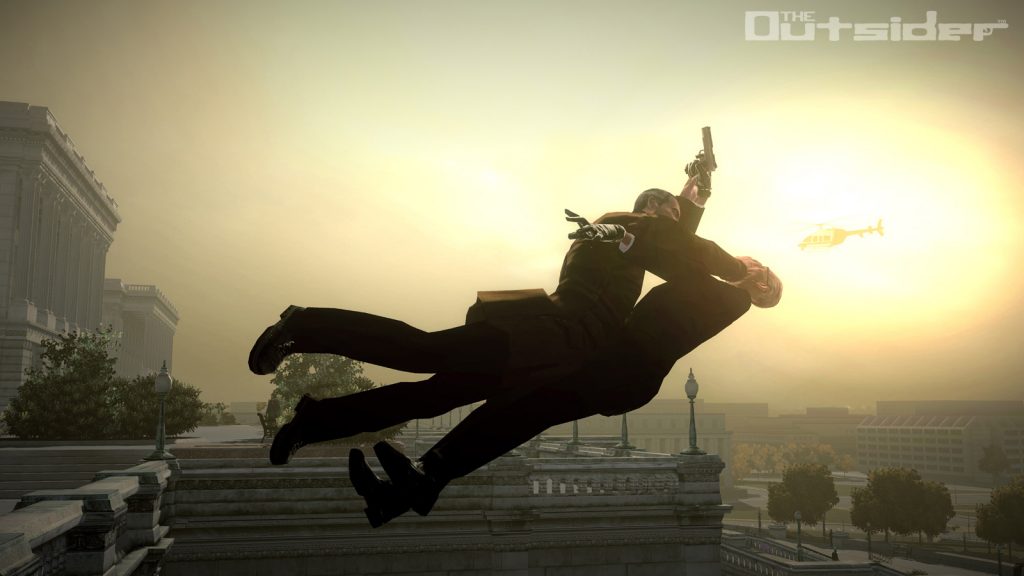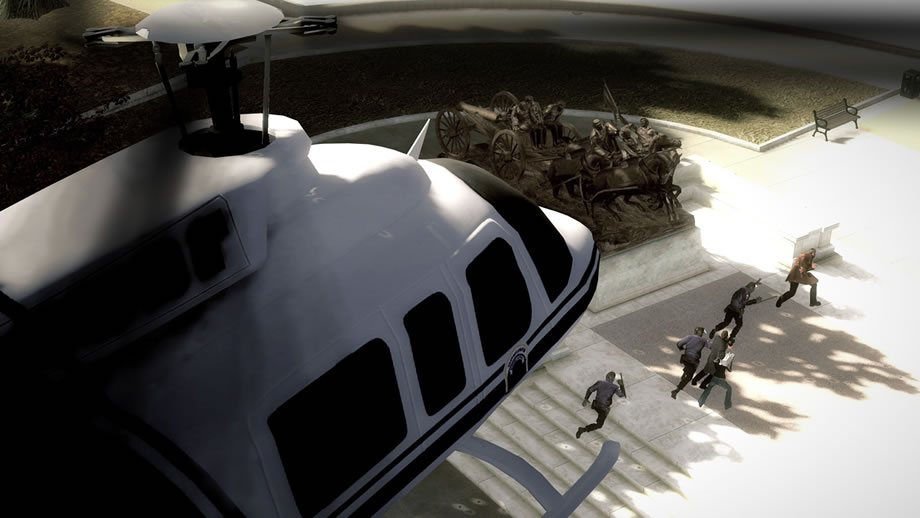Alien Fear is a FPS that was announced in September 2010, initially developed by The Farm 51 and published by CITY Interactive. In February 2011, CITY Interactive was displeased by the work done by The Farm 51 and moved the project to one of their related companies based in Bydgoszcz, Poland. Here was what we could read on Polish website Polygamia on that matter:
The Farm 51 will no longer produce Alien Fear. Reason? The developer does not meet the artistic requirements.
Do you still remember Alien Fear? We didn’t know much about the game itself, except that it was a “shooter set in a science fiction setting with horror elements”, it would probably run on Unreal Engine 3, and that it was to appear only in digital distribution on PS3, 360 and PC. Now we also know that City Interactive has moved its production to its internal studios, or in legal terms: “while retaining all rights to the production elements of the Alien Fear game already made and received” – it will continue producing the game in its own development studios.
The stock exchange announcement states that it was “the Contractor’s failure to properly fulfill its obligations under the contract, in particular the failure to perform the subject of the contract on time and taking into account artistic requirements.”
When asked for a comment, Marek Tymiński from City Interactive told us: “We focus on the quality of our games, we want Alien Fear to become a hit. This will be brought closer to us by the decision to transfer the project to an internal studio, and – which will happen soon – by expanding the team with new faces from abroad and from Poland.
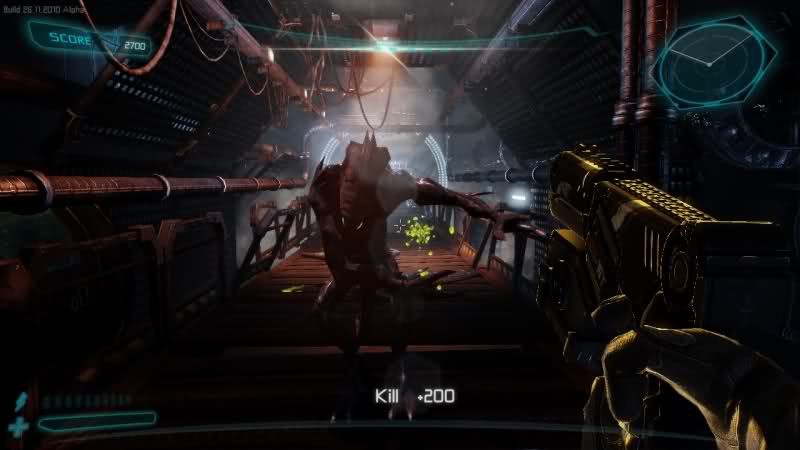
The Farm 51 responded that they still had rights over the work done so far on the game, so CITY Interactive reworked Alien Fear to change some of the previous work, and planned to release it on Xbox 360 and Playstation 3. This was, again, revealed by Polygamia, in April of the same year:
We claim that the withdrawal from the contract made by City Interactive S.A. does not produce any legal effects, and therefore the Agreement is still in force. We were accused of lack of punctuality when the project was delayed by City Interactive S.A. intentionally or at least demonstrating a lack of due diligence or organizational skills. The artistic level of City Interactive S.A. products, which we allegedly did not meet, has been sufficiently documented in reviews of other games of this company, therefore we will not comment on this allegation, leaving the dispute to be resolved by independent experts. All allegations made by City Interactive S.A. are not confirmed by the facts and therefore we argue that they were invented in order to break the Agreement and achieve previously set goals, which we can only guess at. We are convinced of the bad intentions of City Interactive S.A., which may result, for example, from the desire to avoid payment of the contracted amounts from the project budget, mainly sales royalties.
We declare that the copyrights to parts of the project are still owned by The Farm 51 and will only be transferred to City Interactive upon payment of the remuneration. Therefore, until the disputes regarding withdrawal from the contract are clarified, City Interactive S.A. should at least refrain from distributing undue rights to third parties.
The Farm 51
In the late summer of 2012, CITY Interactive restructured and was renamed to CI Games. At the time that they took control of Alien Fear, The Farm 51 reported that the game was 75 percent ready but it is unclear exactly how much was playable.
There are screenshots available of both versions of Alien Fear: the game as designed by The Farm 51 and the later game that was reworked by CITY Interactive/CI Games. Screenshots from the first half of 2011 reveal that Alien Fear utilized a point system similar to the one used in Bulletstorm.
The game’s location was set on a ship in deep space. At this point, Alien Fear was similar in tone to the 2008 game Dead Space with many dark corners populated by monstrous aliens. Others who have viewed these early screenshots of Alien Fear compared it to Doom and Alien. The reworked version of Alien Fear by CI Games used less of an horror setting with larger and more mechanical oriented characters, somehow similar to Gears of War.
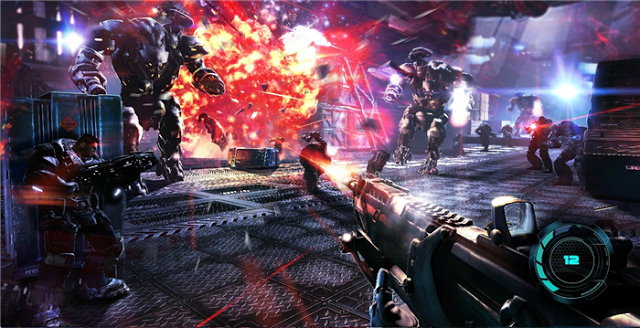
In May 2013, Alien Fear was reworked again due to another commitments by the time and title was changed into Alien Rage. As we can see in the screenshots from the second version by CI Games, it featured a cooperative mode. This was scrapped in the final retail version. The director credited to the game is Mark Bristol. It marked Bristol’s first director credit on a video game and he would also direct Enemy Front in 2014. Alien Rage was released on the PC on September 24, 2013, and later on the Xbox 360, and Playstation 3 in October 2013. It received mixed to negative reviews with many critics focusing on the game’s generic play and glitches.
After Alien Fear, The Farm 51 began work on several new projects, including a FPS mixing The Bourne Identity and Gothic and another FPS with an Indiana Jones atmosphere. They would ultimately create two games for the Xbox 360/Playstation 3: Painkiller: Hell & Damnation and Deadfall Adventures. Work on the Gothic based game likely ended up in Painkiller where the player fights demons, while the Indiana Jones game became Deadfall Adventures which is set in the universe of Allan Quartermain, a 19th century novel and series of films from the 1980’s about an archeologist adventurer.
Article by Blake Lynch, thanks to Daniel Nicaise for the contribution!
Images:

